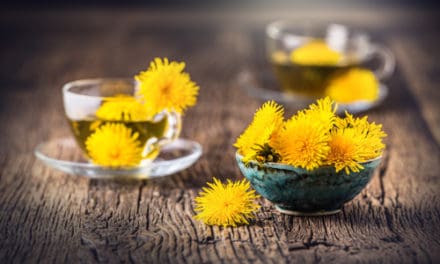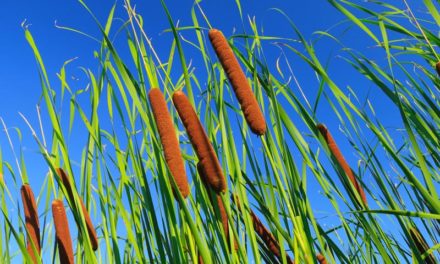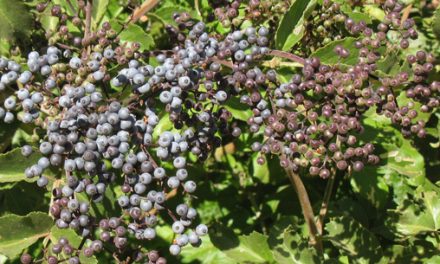Toyon – California’s Own Christmas Berry Can Be Toxic
By Jim Moore, Entomologist
Photo Courtesy Of nps.gov
Toyon, California’s own native counterpart to Christmas Holly, is a beautiful large evergreen bush that grows throughout the Coastal, Sierra, and Cascade foothill regions of California. Toyon is celebrated for its dense clusters of bright red berries that ripen just in time for the Christmas season. Other less common names are Christmas Berry and California Holly. In the years preceding the roaring twenties the survival of Toyon in Southern California was severely endangered by the over-harvesting of the berry laden branches for Christmas decor in peoples homes. Fortunately, the state of California passed legislation in 1921 making it illegal to harvest any part of the Toyon bush on public or private lands without the owners written permission. The original law, (CA Penal Code Section: 384a), has been expanded considerably, and now covers most native wild flora.
My home as a young lad was adjacent to the boondocks, as I called it then, which was actually a nice mixture of costal sage and chaparral habitat that seemed to extend onward forever. Of the many kinds of shrubs and bushes, Toyon was the grandest of them all with its’ dense evergreen foliage and its’ bright red berries that were always looking so wonderful around Christmas time. I can remember, once, bringing home some berry-laden branches to brighten our home with some Christmas color, only to find out I had violated the law. I have never picked Toyon again!
Little known to most folks back then, and probably still now, is that Toyon berries for centuries were a major source of winter food for many of California’s native tribes who lived within Toyon’s native range. The name Toyon is itself derived from the language of the Ohlone people whose homeland was situated in the coastal foothill region between Monterey and San Francisco.
However, there is a problem with eating Toyon berries. Toyon is a member of the rose family, which also includes apples, pears, apricots, and plums, whose seed kernels are known to be toxic.
Likewise, the unripe Toyon berries,and seeds within contain dangerous levels of a poisonous cyanide-forming compound, which if eaten can sicken or kill the consumer of the berries, whether human, bird, or other animals. Animals will not eat unripe berries because they are very bitter. But once the berries are altogether red and ripe, then the poison and bitterness within diminish greatly, but not entirely! However, at this stage of ripeness, many species of birds and mammals can eat all the berries they want without harm; but not so for humans. Eat a handful of ripe Toyon berries and you may get sick; eat a pound and you may die!
The First Peoples to settle in California figured this out soon enough. They wisely knew that the remaining bitterness should be avoided. But, following in the learned wisdom of their forefathers, they no doubt tried cooking some berries to see if that would remove the bitter flavor; and happily, the problem was solved!
Cooking the berries breaks down and destroys the remaining bitter toxins in the berries, resulting in a safe to eat, but only mildly sweet pithy pulp. The berries, like oak acorns which also had to be processed and cooked to be edible, were more of a staple food, rather than a sweet treat. The tribes learned how to safely prepare and store these foods from the wild. They considered them gifts from the Creator, and so they were. Their annual berry harvest caused no harm to the bushes, and was thus maintained as a sustainable food from the wild.
Today, the best way to harvest Toyon berries for food or Christmas decor, apart from penal code 384a, is to plant Toyon, available at plant nurseries, within your own property, as thousands of folks throughout California, and beyond, have already done. I strongly recommend it. Merry Christmas to all!











